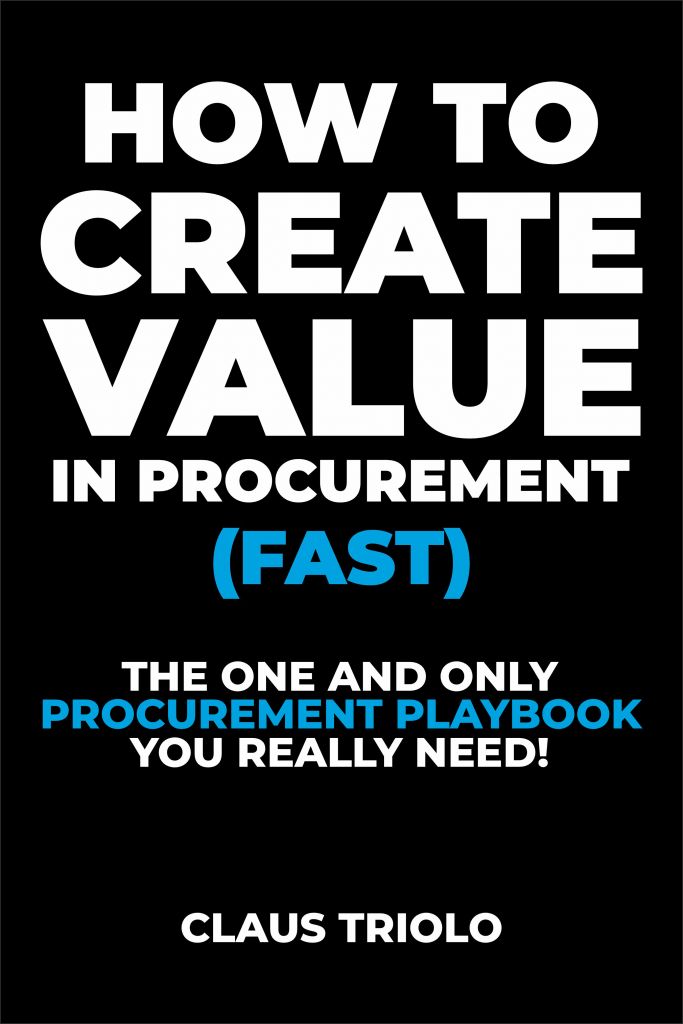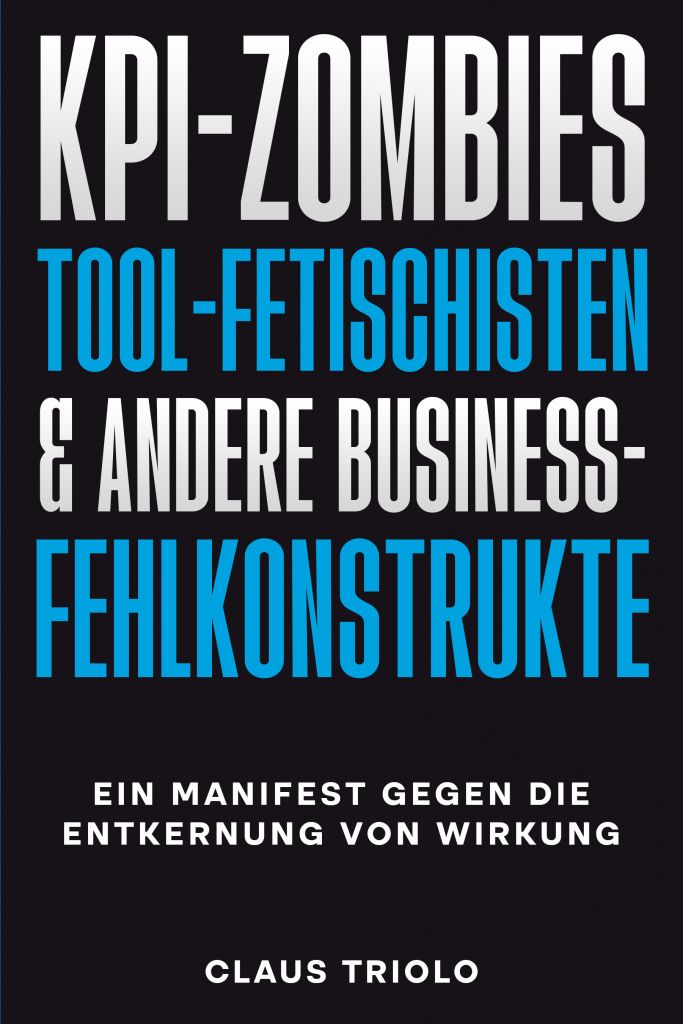As the year winds down, so begins the annual ritual of year-end budgeting – a time often marked by rushed spending, frantic reallocation, and reactive adjustments. But year-end budgeting can be much more than a balancing act. With the right strategies and tools, it can become a launchpad for long-term success.
By embracing a forward-looking, technology-driven approach, leaders can align resources with strategic priorities, break free from outdated practices, and turn budgeting into a powerful tool for innovation and growth.
Many organizations fall into the familiar trap of the “use it or lose it” mindset, where unspent budgets are hastily spent on low-value purchases to avoid cuts in the following fiscal year. This reactive approach does little to create value and often results in wasteful spending.
- Rigid Budgeting Systems: Traditional processes often penalize teams for underspending, fostering inefficient end-of-year habits.
- Lack of Predictive Insights: Without accurate forecasting, departments struggle to align budgets with upcoming needs.
- Disconnected Decision-Making: Silos between departments and leadership lead to misaligned priorities.
To escape this cycle, leaders need to focus on value-driven budgeting. This means:
- Encouraging teams to propose strategic investments rather than last-minute expenditures.
- Introducing carry-forward policies to allow unused funds to support future priorities.
- Leveraging technology to provide real-time visibility and data-driven insights.
Modern tools like AI-powered spend analytics and Source-to-Pay (S2P) platforms are transforming how organizations approach budgeting. These tools enable leaders to predict needs, identify inefficiencies, and adapt quickly to changing circumstances.
Key Benefits:
- Predictive Analytics: Analyze historical trends to forecast spending needs and identify potential savings.
- Real-Time Tracking: Monitor budgets dynamically to ensure alignment with strategic priorities.
- Scenario Planning: Use simulation tools to test the impact of different allocation strategies before finalizing the budget.
Case in Point:
A global manufacturing firm used an S2P platform to analyze indirect spend patterns. By identifying duplicate supplier relationships and consolidating contracts, the company saved 10% on procurement costs while reallocating funds to support sustainability initiatives.
A technology-driven approach isn’t just about efficiency—it’s about ensuring every dollar spent drives measurable impact. Leaders can take these steps to integrate budgeting with broader organizational priorities:
- Define Clear Priorities: Collaborate across departments to identify top objectives, such as sustainability, innovation, or market expansion.
- Create Flexibility: Build contingency funds into the budget to adapt to unforeseen opportunities or challenges.
- Break Down Silos: Use shared budgeting pools to encourage cross-departmental collaboration on strategic projects.
To turn budgeting into a strategic advantage, organizations must shift their mindset:
- From Outputs to Outcomes: Focus on long-term value rather than short-term cost savings.
- From Control to Empowerment: Equip teams with the tools and autonomy to make informed decisions.
- From Reaction to Prediction: Use data and technology to anticipate needs and align resources proactively.
Example in Perspective:
Consider an organization preparing for a digital transformation initiative. Rather than making reactive cuts across departments, the leadership team uses predictive analytics to identify high-value opportunities, reallocating 15% of their budget to accelerate AI adoption and employee training programs. The result? Faster implementation, higher employee engagement, and measurable ROI within the first quarter.
Year-end budgeting is no longer just about making numbers fit. With the right tools and strategic mindset, it becomes an opportunity to align resources, empower teams, and position your organization for long-term success.
Technology is the key to transforming this process – helping leaders predict, adapt, and thrive in an increasingly dynamic business landscape.
“Budgets are not just financial tools – they’re strategic levers for creating value and driving impact.”
Claus Triolo, The Procurement Rainmaker



















